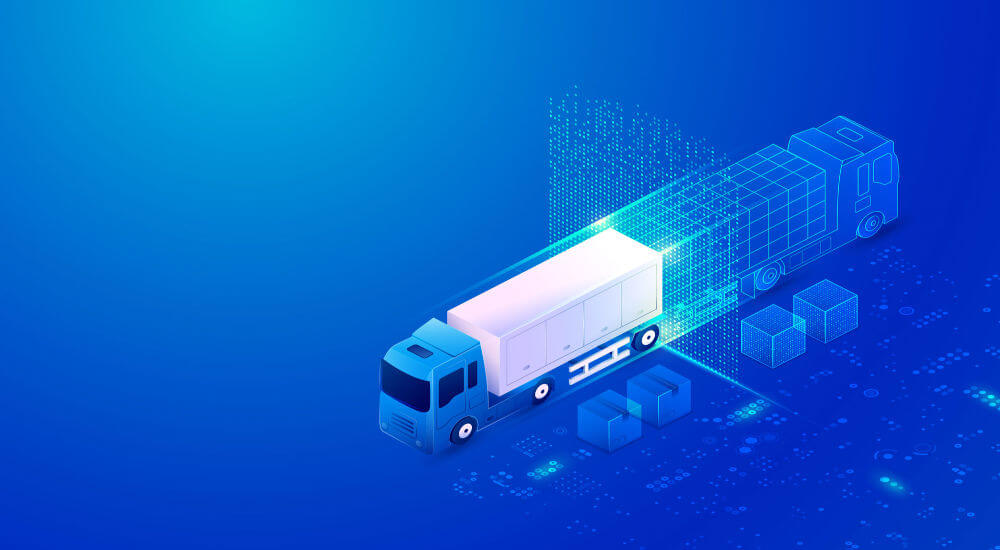The transportation industry is on the cusp of a revolution driven by disruptive technologies and shifting consumer preferences. From electric vehicles (EVs) to autonomous drones and hyperloop systems, innovative solutions are reshaping how people and goods move around the world. As we look ahead, it’s evident that the future of transportation will be characterized by sustainability, connectivity, and efficiency, as well as a fundamental reimagining of traditional modes of transportation.
Electric Vehicles (EVs) and Sustainable Mobility
The transition to electric vehicles represents a significant shift towards sustainable transportation. With advancements in battery technology, EVs are becoming increasingly viable alternatives to traditional internal combustion engine vehicles. Governments, automakers, and consumers are increasingly embracing EVs as a means to reduce greenhouse gas emissions, improve air quality, and mitigate the impacts of climate change.
Moreover, the electrification of transportation extends beyond passenger cars to include buses, trucks, and even planes. Electric buses are gaining traction in urban areas, offering quiet, emission-free transportation options for commuters. Similarly, electric trucks are poised to revolutionize freight transportation, offering lower operating costs and reduced environmental impact compared to diesel-powered vehicles.
Autonomous Vehicles (AVs) and Mobility-as-a-Service (MaaS)
Autonomous vehicles represent another transformative trend in transportation, promising to revolutionize mobility by eliminating the need for human drivers. AVs have the potential to enhance safety, reduce traffic congestion, and increase accessibility for individuals with disabilities or limited mobility. Companies are investing heavily in AV technology, with the goal of deploying fully autonomous vehicles for ride-hailing, delivery, and public transportation services.
In parallel, the concept of Mobility-as-a-Service (MaaS) is gaining momentum, offering integrated, on-demand transportation solutions that combine various modes of transport, including public transit, ride-hailing, bike-sharing, and car-sharing services. MaaS platforms provide users with seamless access to transportation options, enabling more efficient and sustainable mobility choices.
Urban Air Mobility (UAM) and Drones
Urban Air Mobility (UAM) is poised to transform urban transportation by introducing air taxis, autonomous drones, and flying vehicles into urban airspace. These innovative solutions offer the potential to alleviate traffic congestion, reduce travel times, and provide last-mile connectivity in densely populated areas. Companies like Uber, Volocopter, and Joby Aviation are developing electric vertical takeoff and landing (eVTOL) aircraft for on-demand urban air transportation.
Drones are also playing an increasingly important role in transportation, with applications ranging from aerial surveillance and package delivery to infrastructure inspection and disaster response. As regulations evolve and technology improves, drones have the potential to revolutionize logistics and transportation, enabling faster, more efficient delivery of goods and services.
Hyperloop and High-Speed Rail
Hyperloop systems and high-speed rail networks offer the promise of ultra-fast, efficient transportation over long distances. Hyperloop, a proposed mode of transportation that uses magnetic levitation and low-pressure tubes to propel pods at high speeds, could revolutionize intercity travel, reducing journey times and carbon emissions.
Similarly, high-speed rail networks are gaining popularity as sustainable alternatives to air travel for medium to long-distance journeys. Countries like China, Japan, and European nations have invested heavily in high-speed rail infrastructure, offering travelers fast, reliable, and environmentally friendly transportation options.
Conclusion
The future of transportation is characterized by innovation, sustainability, and connectivity. Disruptive technologies such as electric vehicles, autonomous vehicles, urban air mobility, and hyperloop systems are reshaping how people and goods move around the world. As we embrace these transformative trends, it’s essential to prioritize safety, sustainability, and equity to ensure that the future of transportation benefits all stakeholders. By leveraging technology, fostering collaboration, and embracing a forward-thinking mindset, we can create a transportation system that is safer, more efficient, and more inclusive for generations to come.








